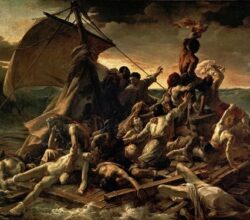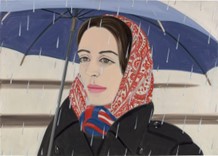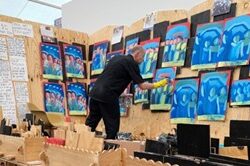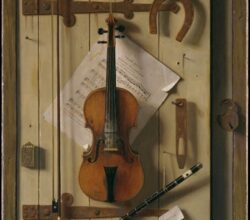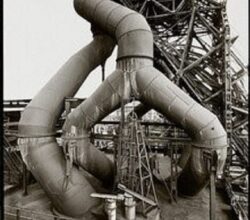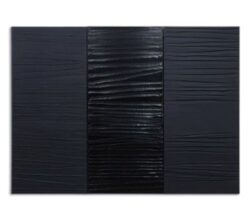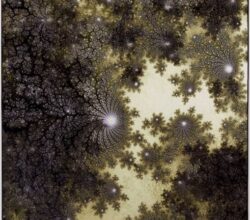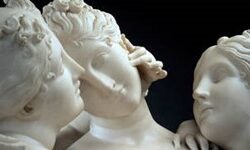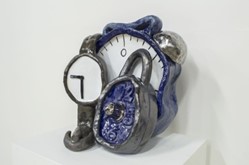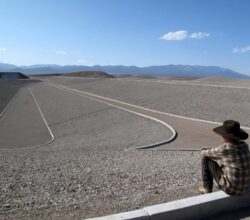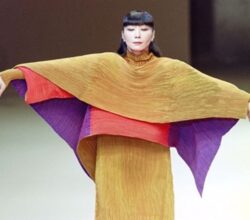
Easel Essay: Armour for contemporary living
Morgan Meis | The-Easel | 8th November 2022
Readers can be assured that Morgan Meis is about as far from a dedicated fashionista as one can get. Yet, the recent death of the designer Issey Miyake prompted him to write an appreciation. Apart from being a survivor of Hiroshima, what was it that made Miyake so special?
Miyake was “one of the great popular artists of the last hundred years. He wanted to make art that could be worn by everyone. Maybe his greatest accomplishment was to have tackled polyester. Polyester is not high fashion. His ready-to-wear line, Pleats Please, is polyester. The pleats create a sense of elegance and structure to the garments. You can put Pleats Please garments in your luggage and they come out again looking great. He managed to create a kind of soft and gentle armature against the uncertainties of contemporary life and, especially for women, against the constant pressure of bodily perfection.”

